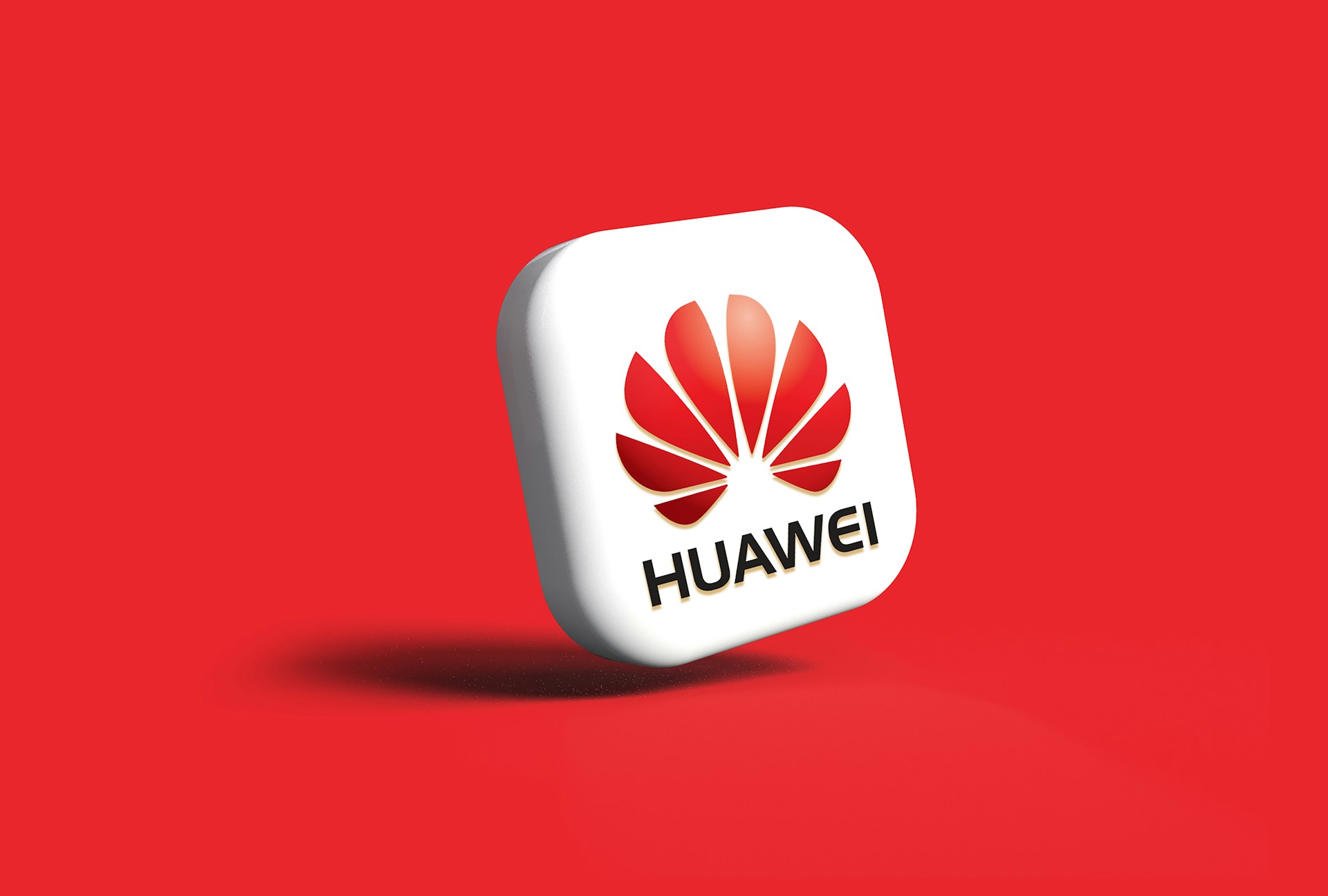Amid the semiconductor industry's tight competition, Huawei is rumored to have developed a chipset rivaling Apple's M1, despite facing significant production and technological constraints. The Kirin 9006C, Huawei's covert 5nm SoC, sparks speculation about the company's capacity to compete in the high-end notebook and desktop market.
Huawei's Stealthy 5nm SoC Launch Fuels Rumors of an Apple M1 Challenger
As WCCFTech reported, Huawei unveiled its first 5nm SoC covertly, the Kirin 9006C, which is integrated into the Qingyun L540 line of notebooks. Nevertheless, an earlier disassembly unveiled that TSMC, and not SMIC, the leading semiconductor manufacturer in China, had created the chipset. This indicates that Huawei potentially repurposed surplus wafer shipments to fabricate the Kirin 9006C.
Additionally, Huawei may maintain connections with the Taiwanese foundry, albeit in a considerably diminished capacity. Regardless, Revegnus has published the following article on X, stating that speculation circulates regarding Huawei's development of an Apple M1 competitor.
By the tipster's use of the word 'developed,' it can be deduced that Huawei has effectively manufactured the unidentified competitor, which suggests that it can function in portable devices and compete with various Macs. Despite our desire to appear optimistic regarding this rumor, we must confront certain realities.
Due to the company's ongoing yield issues, Huawei's current 7nm semiconductor demand is challenging for SMIC to meet. The rationale behind this is straightforward: SMIC presently utilizes obsolete DUV equipment to mass produce 7nm semiconductors instead of the state-of-the-art EUV provided by ASML.
Challenges Ahead: Huawei's Ambitious SoC Developments Constrained by Equipment Bans
Given the prohibition imposed by the Biden administration on ASML from selling DUV hardware to Chinese entities, SMIC will be compelled to utilize the existing inventory instead. It has been reported that SMIC has established 5nm production lines for Huawei; however, the cost per wafer may be fifty percent greater than what TSMC spends on mass production using identical lithography.
SMIC's ability to mass-produce wafers is likely utilized in Huawei's smartphones, leaving the company with minimal resources to develop a competitor to the Apple M1. It is not that the Chinese company is not conducting private testing of this chipset; in fact, such activities are entirely plausible.
Simply put, the opportunity to develop SoCs for various hardware categories is exceedingly limited because its local foundry partners need access to cutting-edge chip-making equipment. It would be highly beneficial if this notion were disproven, as that would undoubtedly increase competition in this industry. Therefore, let us remain optimistic about the developments that lie ahead.
Photo: Rubaitul Azad/Unsplash



 CoreWeave Slashes IPO Size and Price Amid Investor Caution Despite Nvidia Backing
CoreWeave Slashes IPO Size and Price Amid Investor Caution Despite Nvidia Backing  North Korea Unveils AI Suicide Drones and Airborne Radar in Military Upgrade
North Korea Unveils AI Suicide Drones and Airborne Radar in Military Upgrade  Anduril Eyes Global Expansion Amid Trump-Era Defense Shift and AI Partnership
Anduril Eyes Global Expansion Amid Trump-Era Defense Shift and AI Partnership  China Delays BYD's Mexico Plant Over Tech Concerns
China Delays BYD's Mexico Plant Over Tech Concerns  FuriosaAI Rejects $800M Meta Takeover, Aims to Rival NVIDIA in AI Chip Race
FuriosaAI Rejects $800M Meta Takeover, Aims to Rival NVIDIA in AI Chip Race  AI Datacenter Bubble? Alibaba's Tsai Raises Red Flags Amid Soaring Investments
AI Datacenter Bubble? Alibaba's Tsai Raises Red Flags Amid Soaring Investments  WuXi Biologics Clinches Eighth CDMO Leadership Award with Breakthroughs in Biologics Manufacturing
WuXi Biologics Clinches Eighth CDMO Leadership Award with Breakthroughs in Biologics Manufacturing  SoftBank Acquires AI-Focused Chipmaker Ampere in $6.5B Deal
SoftBank Acquires AI-Focused Chipmaker Ampere in $6.5B Deal  Instagram Experiences Widespread Outage, Thousands Affected in the U.S.
Instagram Experiences Widespread Outage, Thousands Affected in the U.S.  Apple and Elon Musk Clash Over Satellite Connectivity as Starlink Faces New Rival
Apple and Elon Musk Clash Over Satellite Connectivity as Starlink Faces New Rival  BYD to Launch 500 Ultra-Fast EV Charging Stations in April, Doubling Tesla’s Speed
BYD to Launch 500 Ultra-Fast EV Charging Stations in April, Doubling Tesla’s Speed  Elon Musk Merges xAI with X in $113B Deal to Build AI-Powered Tech Giant
Elon Musk Merges xAI with X in $113B Deal to Build AI-Powered Tech Giant  Microsoft Cancels Major Data Center Leases, AI Stocks Tumble Amid Capacity Shift
Microsoft Cancels Major Data Center Leases, AI Stocks Tumble Amid Capacity Shift  China Backs Viral AI Startup Manus Amid Global Buzz and Domestic Rollout
China Backs Viral AI Startup Manus Amid Global Buzz and Domestic Rollout  Toyota Delays EV Battery Plant in Japan Amid Weak Demand and High Costs
Toyota Delays EV Battery Plant in Japan Amid Weak Demand and High Costs  DeepSeek Launches V3 AI Model With Major Performance Boost and MIT License
DeepSeek Launches V3 AI Model With Major Performance Boost and MIT License  China’s EV Giants Zeekr, Xpeng, and GAC Race to Launch L3 Autonomous Cars
China’s EV Giants Zeekr, Xpeng, and GAC Race to Launch L3 Autonomous Cars 































